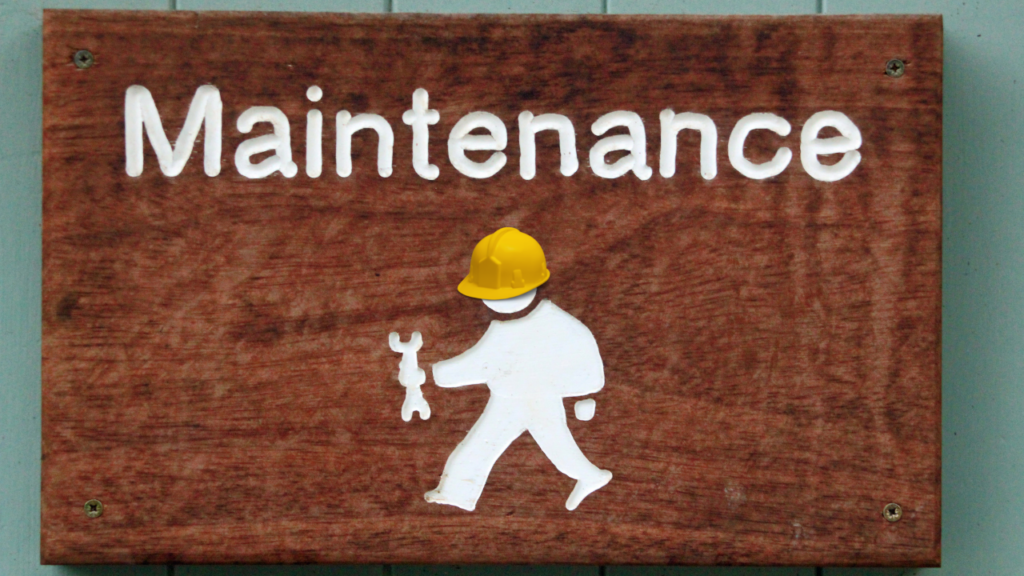
Safeguarding: Hoops, Health & Harmonization: Design Standards Do it All
Life without standards would result in near chaos for both manufactures and consumers. Just think if you could not rely on the strength of a critical fastener in an aircraft fuselage, the quality of the glass in a high rise building, the voltage fluctuation of the electrical grid at a faraway vacation destination, a crucial replacement for an electrical motor, the purity of a critical medication or the mere annoyance of not finding a correct battery for that digital camera. In short, as consumers, we would soon notice the lack of standards when the safety, quality, fit, reliability and compatibility of the products we consume, purchase and rely on are compromised.










